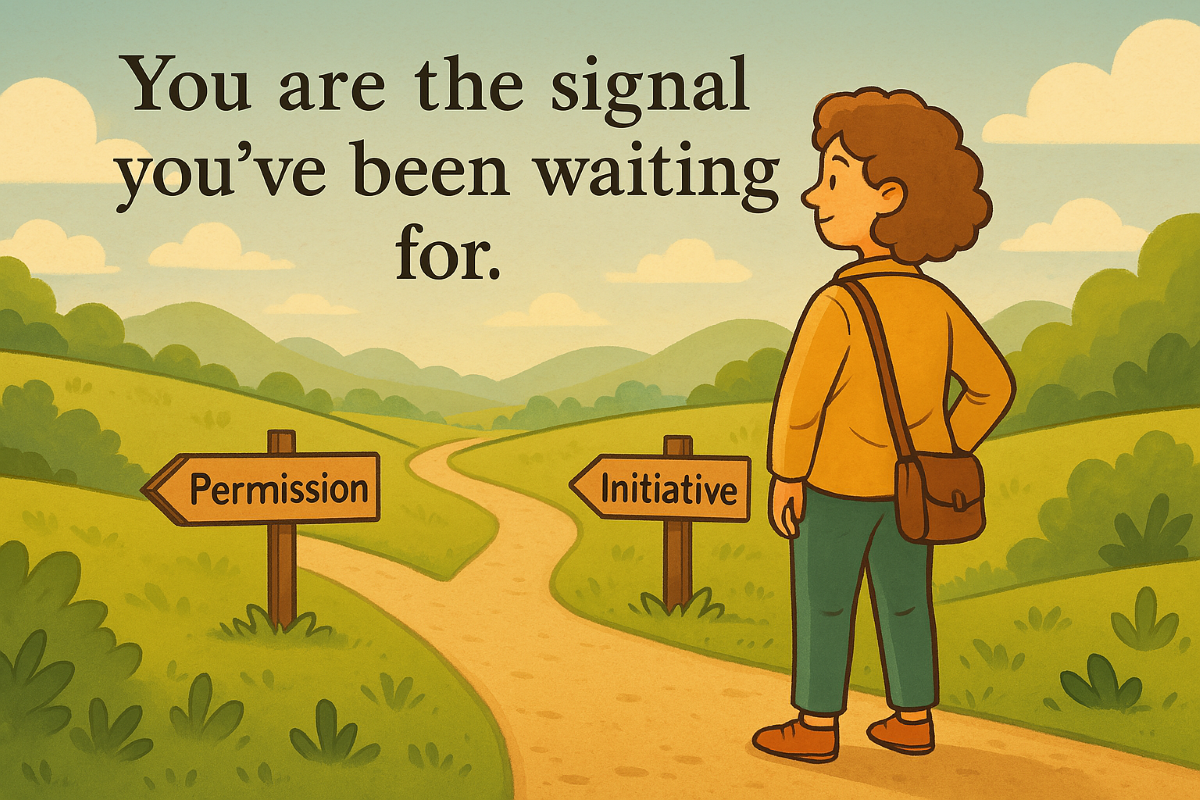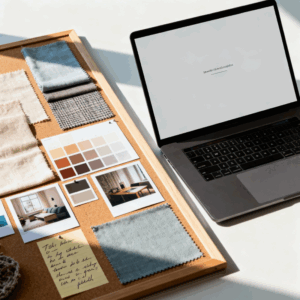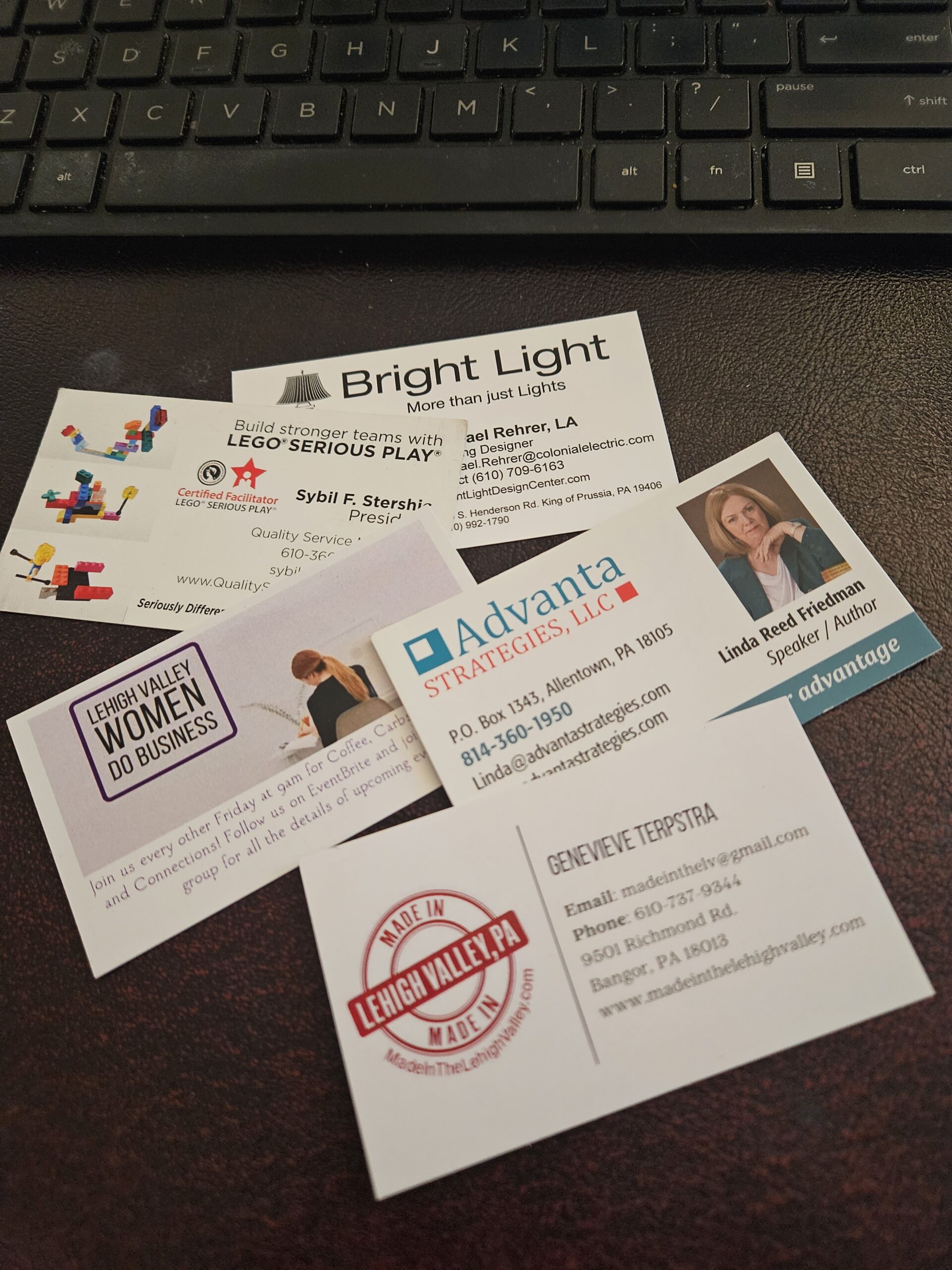Mood Boards to Mic Drops – Using Visual Aids Like a Pro:
1. Keep it Simple
A clean, uncluttered visual is easier for your audience to absorb quickly. Too much text, too many images, or busy backgrounds can distract from the message you’re delivering. Think of visuals as highlights; your words carry the weight, and the slides emphasize them.
2. Match Visuals to Audience Needs
The same slide deck won’t work for every crowd; students, clients, and executives all look for different kinds of clarity. Always ask yourself, “What does this group need to see to understand and trust my message?” When visuals are tailored to their level of knowledge and interest, your credibility grows.
3. Let Visuals Support, Not Overshadow, Your Words
Slides, props, or images should amplify your story, not compete with it. If the audience is reading or staring at graphics instead of listening, your visuals are too dominant. The goal is to keep attention anchored on you, with your visuals acting like a spotlight, guiding focus precisely where you want it.
When you treat visuals as your partner, rather than your replacement, your message lands with power. Simple, audience-focused, and supportive visuals make you look polished, professional, and memorable. Remember: they came to hear you—the visuals are just the stage lights that help your voice shine.
#Blogboost #HowToSucceedInAFailingWorld, #KeepLeading, #YourNextChapter,#AdvantaStrategies #StrategicThinking
How Humor Can Lighten the Room
A smile can make your design pitch twice as memorable. Humor, when done right, isn’t about being a comedian it’s about being human. A little laughter reminds everyone that design is supposed to bring joy, not stress. So the next time you walk into a presentation, bring your sense of humor along with your fabric swatches. You’ll leave behind not only a beautiful concept but also a positive impression.
Creating Connection: The overlooked power of eye contact
Eye contact is the designer’s secret to presence. It’s what transforms a presentation from mechanical to magnetic. Slides may show your ideas, but your eyes show your confidence and that’s what clients and audiences remember most.
Why Every Designer Should Practice Their Speech
In design, presentation is persuasion. When you practice speaking as much as sketching, you build trust, authority, and excitement around your ideas. A polished pitch can make the difference between a “maybe” and a “let’s do it.” Remember your voice is part of your professional toolkit. Use it well, and let it sell your vision as powerfully as your designs do.
NETWORKING …. WHAT HAPPENS AFTER
Networking is more about follow-up than first impressions.
Sound as Good as You Look
Trade shows can showcase your talent and brand but shouldn’t cost you your voice.
The Designer’s Elevator Pitch:
If you can’t explain your vision in a minute, you’ll lose the moment. In the world of design, opportunities often appear unexpectedly,a quick chat at a showroom, a brief meeting at a networking event, or a chance encounter with a potential...
Join Our Newsletter
Advanta Strategies, LLC
814-360-1950
linda@advantastrategies.com









Love your 3rd tip. As I develop presentations or use visual aids, I ask myself, Is this supporting my presentation or a distraction? It really helps me anchor what I prepare.
Helpful tips! Stopping by from the UBC.
Love your title!! And I think you’re right – visuals can really help, but you don’t want them to steal the show.